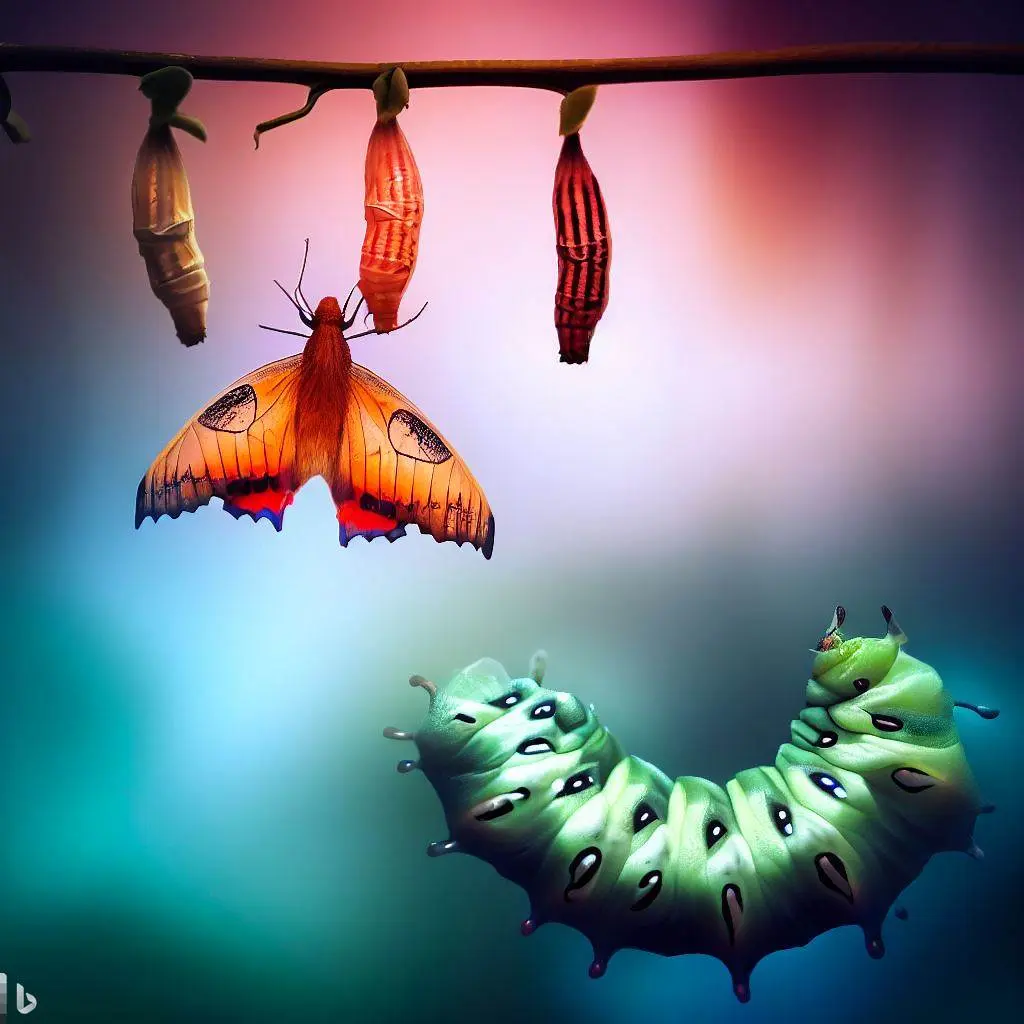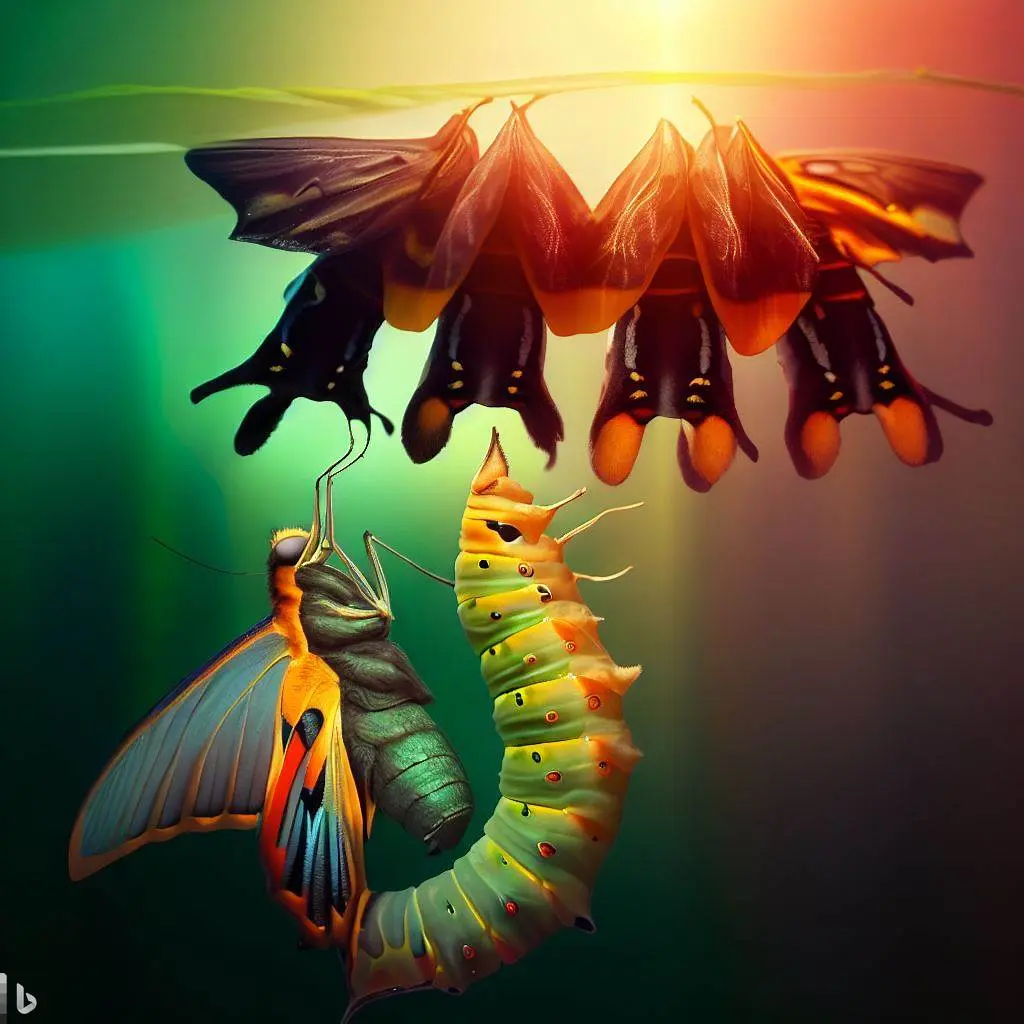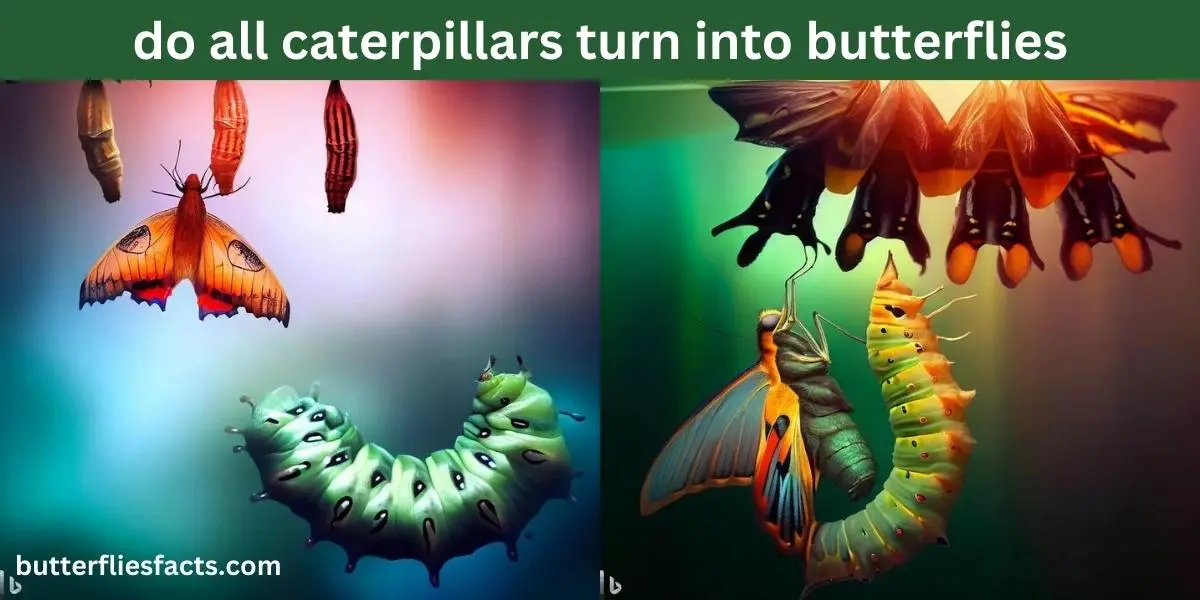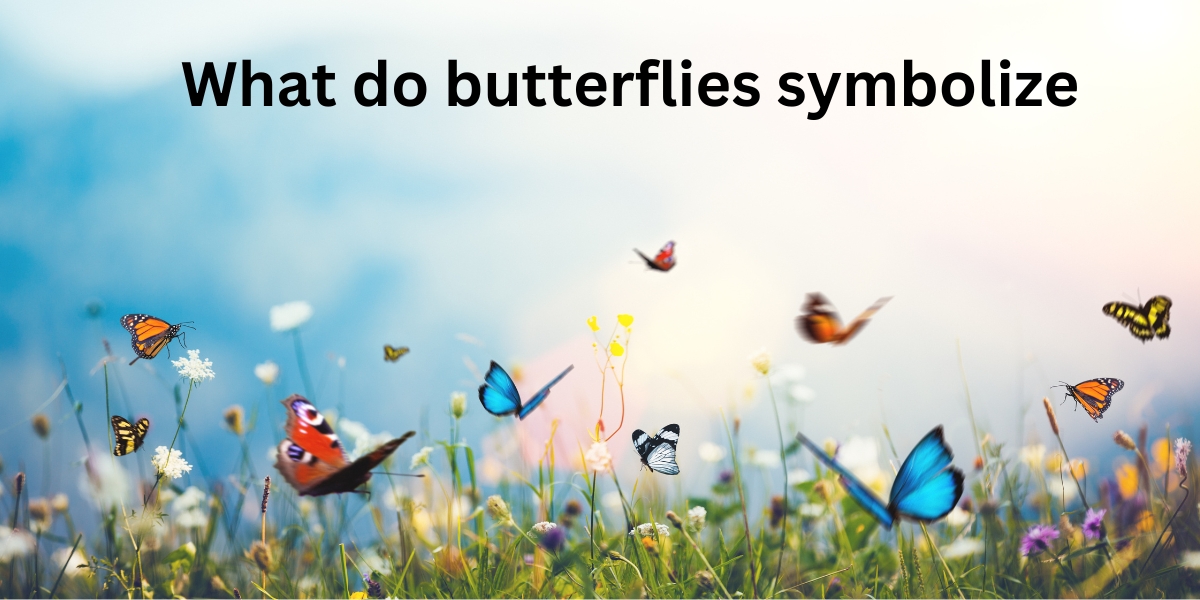The transformation of a caterpillar into a butterfly is a fascinating and captivating process that has captured the imagination of people for generations. However, there’s a common misconception that all caterpillars undergo this metamorphosis and emerge as butterflies. In reality, this is not the case. While many caterpillars do eventually become butterflies, there is a wide variety of outcomes in the insect world’s transformation journey. In this article, we will explore the truth behind the myth and delve into the diverse pathways that caterpillars can take during their development.
The Myth of Universal Transformation
The belief that all caterpillars will inevitably transform into butterflies is a widespread misconception. While the iconic transformation from caterpillar to butterfly is indeed a well-known example of metamorphosis, it’s important to acknowledge that there are various insects that undergo metamorphosis, and not all of them follow the same path.

Types of Metamorphosis
There are actually three main types of metamorphosis that insects can undergo:
- Complete Metamorphosis (Holometabolism): This is the process that most people associate with caterpillars and butterflies. It involves four distinct stages: egg, larva (caterpillar), pupa (chrysalis or cocoon), and adult (butterfly). The transformation from caterpillar to butterfly is a remarkable example of complete metamorphosis.
- Incomplete Metamorphosis (Hemimetabolism): Insects that undergo incomplete metamorphosis experience three stages: egg, nymph, and adult. Nymphs resemble miniature versions of the adults and undergo a series of molts before reaching maturity. Grasshoppers, cockroaches, and dragonflies are examples of insects that follow this type of metamorphosis.
- Gradual Metamorphosis (Paurometabolism): This type of metamorphosis involves three stages: egg, nymph, and adult. Nymphs in this case also resemble adults but lack wings, which develop externally over time. True bugs and aphids are insects that undergo gradual metamorphosis.
Caterpillars’ Varied Destinies
Caterpillars belong to the group of insects that experience complete metamorphosis, but not all of them will become butterflies. In fact, caterpillars can transform into various types of adult insects, including butterflies, moths, and skippers. Each of these adult forms has its own unique characteristics and ecological roles.
The Butterfly Transformation
The transformation of a caterpillar into a butterfly is a striking example of nature’s wonders. This process begins when a butterfly lays its eggs on a host plant. Once hatched, the caterpillar feeds voraciously, growing in size. When the caterpillar is fully grown, it undergoes a remarkable change within its chrysalis, or cocoon, where its body is broken down into a soupy substance and reorganized into the adult butterfly’s structures. After a period of time, the adult butterfly emerges from the chrysalis, ready to take flight and fulfill its role in the ecosystem.

The Moth Metamorphosis
Moths are closely related to butterflies and also undergo complete metamorphosis. However, moths often have a more inconspicuous transformation compared to the dramatic emergence of butterflies. Moths vary greatly in size, shape, and color, but they all share the same basic life cycle: egg, caterpillar, pupa (which can be inside a cocoon or underground), and adult moth.
The Skipper Scenario
Skippers are a subset of butterflies that belong to the family Hesperidia. They have a unique appearance and behavior, often resembling a cross between butterflies and moths. Skippers undergo metamorphosis similar to other butterflies, with the stages of egg, caterpillar, pupa, and adult. Their distinctive characteristics make them a fascinating group within the Lepidoptera order.

Conclusion
In conclusion, while the transformation of caterpillars into butterflies is indeed a captivating process, it’s crucial to dispel the myth that all caterpillars follow this particular path. The world of insects is incredibly diverse, and different species have evolved to undergo various types of metamorphosis. While many caterpillars do transform into butterflies, there are also caterpillars that become moths and skippers. Understanding the intricate and varied life cycles of these insects adds to our appreciation of the complexity of the natural world. So, the next time you encounter a caterpillar, remember that its destiny might not necessarily be that of a graceful butterfly—it could be on its way to becoming a moth or a skipper, each contributing its unique role to the ecosystem.



